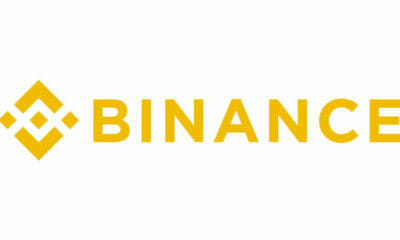Bitcoin prices traded slightly lower in U.S. trading Friday, extending a slide that has seen the largest digital currency shed roughly two-thirds of its value since December. Some bitcoin bulls believe the cryptocurrency is due to rally this month with an interesting catalyst sparking it higher.
That catalyst is Tax Day, which is fast-approaching on April 17th. Tom Lee, the co-founder of Fundstrat and one of the most ardent bitcoin bulls, estimates investors owe $25 billion in taxes on bitcoin and have been selling the digital currency in advance of Tax Day to, well, pay their taxes. Lee believes the selling pressure could slow after April 17th.
The US Internal Revenue Service (IRS) requires users of bitcoin to record all of their transactions in the cryptocurrency, regardless of the size.
“If the bitcoins were held for more than a year, long-term capital gains tax rates are applied. In the US, long-term capital gains tax rates are 0% for people in 10%-15% ordinary income tax rate bracket, 15% for people in the 25%-35% tax bracket, and 20% for those in the 39.6% tax bracket,” according to Investopedia.
Sourcing That $25 Billion
“The $25-billion tax liability accounts for 20 percent of the expected total tax payments for capital gains of around $168 billion in 2017. The projected tax liability is based on taxable gains for crypto of $92 billion,” Reuters reports, citing Lee’s Fundstrat.
Other countries have recently been unveiling their tax treatments of cryptoccurrencies.
“The South African Revenue Service (SARS) will continue to apply normal income tax rules to cryptocurrencies and will expect affected taxpayers to declare cryptocurrency gains or losses as part of their taxable income,” said SARS, that country’s equivalent of the IRS, in a recent statement. “The onus is on taxpayers to declare all cryptocurrency-related taxable income in the tax year in which it is received or accrued. Failure to do so could result in interest and penalties.”
As for the post-tax day potential of bitcoin, that remains to be seen, but Fundstrat did reiterate a $20,000 price target on bitcoin.




















